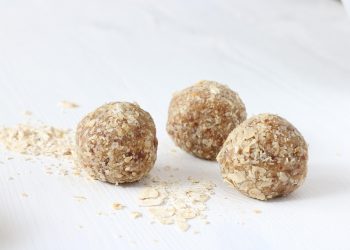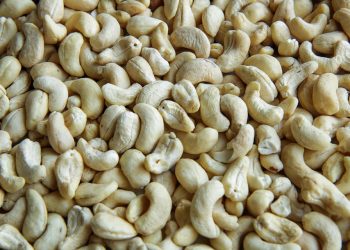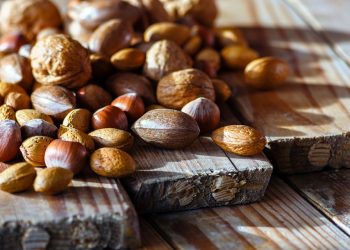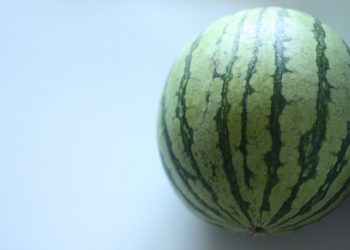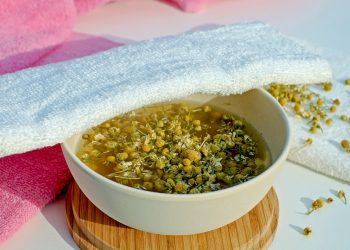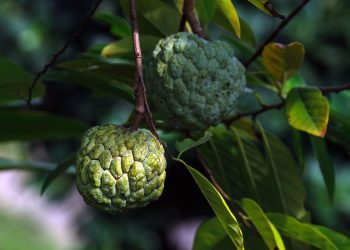Embracing a sustainable natural diet can transform your life, your health, and the planet. It’s not just about eating; it’s about nourishing your body and making choices that align with your values. When you choose a sustainable natural diet, you’re investing in your well-being and the future of our environment.
Contents
- What is a Sustainable Natural Diet?
- Step 1: Start with Whole Foods
- Step 2: Choose Organic When Possible
- Step 3: Go Local
- Step 4: Embrace Seasonal Eating
- Step 5: Limit Processed Foods
- Step 6: Experiment with Plant-Based Meals
- Step 7: Grow Your Own Food
- Step 8: Mind Your Water Use
- Step 9: Reduce Food Waste
- Step 10: Educate Yourself and Your Community
- Conclusion: A Journey Worth Taking
What is a Sustainable Natural Diet?
A sustainable natural diet focuses on consuming whole, minimally processed foods that are sourced in an environmentally friendly manner. This means prioritizing local produce, organic options, and seasonal ingredients. Why does this matter? Because the choices you make at the grocery store ripple out, affecting not just your health but also the health of the planet.
When you adopt a sustainable natural diet, you support local farmers, reduce your carbon footprint, and enjoy vibrant, nourishing foods. Let’s dive into ten easy steps to help you embrace this lifestyle.
Step 1: Start with Whole Foods
Whole foods are the cornerstone of a sustainable natural diet. Think fruits, vegetables, whole grains, nuts, and legumes. These foods are not only delicious but also packed with nutrients. They fuel your body and keep you feeling energized.
- Benefits: Whole foods are rich in vitamins, minerals, and antioxidants. They help prevent chronic diseases and enhance your mood.
Step 2: Choose Organic When Possible
Organic foods are grown without synthetic pesticides and fertilizers. By choosing organic, you reduce exposure to harmful chemicals and support sustainable farming practices.
- Why It Matters: Organic farming is better for the soil, water, and biodiversity. It also promotes animal welfare by ensuring livestock are raised in humane conditions.
Step 3: Go Local
Support your local farmers by shopping at farmers’ markets or joining a community-supported agriculture (CSA) program. Local produce is often fresher and more nutrient-dense since it doesn’t travel long distances.
- Tip: Visit LocalHarvest.org to find local farms and markets near you.
Step 4: Embrace Seasonal Eating
Eating with the seasons means enjoying fruits and vegetables at their peak flavor and nutritional value. Seasonal eating also reduces the environmental impact of food transportation.
- How to Get Started: Keep a seasonal produce chart handy. This will guide you in selecting the freshest options available.
Step 5: Limit Processed Foods
Processed foods often contain added sugars, unhealthy fats, and preservatives. By limiting these items, you’ll feel better and reduce your intake of empty calories.
- Action Step: Read labels carefully. If you can’t pronounce it, consider skipping it!
Step 6: Experiment with Plant-Based Meals
Incorporating more plant-based meals into your diet is a powerful way to embrace sustainability. Plant-based diets use fewer resources and emit less carbon dioxide compared to meat-heavy diets.
- Try This: Meatless Mondays are a great way to start. Explore delicious plant-based recipes that excite your taste buds.
Step 7: Grow Your Own Food
Growing your own herbs, vegetables, or fruits can be incredibly rewarding. Even if you don’t have a garden, you can start with pots on your balcony or windowsill.
- Benefits: Homegrown food tastes better and gives you a sense of accomplishment. Plus, it’s a fun activity that can involve your family.
Step 8: Mind Your Water Use
Water is a precious resource, and being mindful of your water consumption is crucial. Choose foods that require less water to grow and practice water-saving techniques in your kitchen.
- Did You Know?: Almonds and avocados, while nutritious, require a significant amount of water to produce. Balance your choices with more water-efficient foods.
Step 9: Reduce Food Waste
Too much food ends up in landfills, contributing to greenhouse gas emissions. To combat this, plan your meals, use leftovers creatively, and compost when possible.
- Practical Tip: Create a meal plan for the week. This helps you buy only what you need and minimizes waste.
Step 10: Educate Yourself and Your Community
Becoming knowledgeable about sustainable practices empowers you to make informed decisions. Share what you learn with friends, family, and your community. Host a potluck featuring sustainable dishes or organize a local food swap.
- Resource: Websites like SustainableTable.org offer fantastic resources to learn more about sustainable eating.
Conclusion: A Journey Worth Taking
Embracing a sustainable natural diet is not just a trend; it’s a lifestyle that benefits you and the world around you. Each small change you make contributes to a larger impact. It’s about making conscious choices that resonate with your values and lead to a healthier life.
Bottom Line
You have the power to make a difference. By following these ten easy steps, you can enjoy a sustainable natural diet that nourishes your body and supports the planet. Start today, and watch how your choices empower not only your health but also the community around you.
FAQ
What are some easy recipes for a sustainable natural diet?
Look for recipes that highlight seasonal vegetables, whole grains, and legumes. Stir-fries, salads, and soups are excellent starting points.
How do I find local farmers’ markets?
Visit websites like LocalHarvest.org to locate markets in your area.
Is a sustainable diet expensive?
While some organic foods can cost more, focusing on seasonal and local options can often save you money. Plus, cooking at home is usually more cost-effective than dining out.
Embrace this journey with open arms. Your body, your taste buds, and the planet will thank you!
Get Your FREE Natural Health Guide!
Subscribe now and receive our exclusive ebook packed with natural health tips, practical wellness advice, and easy lifestyle changes — delivered straight to your inbox.


